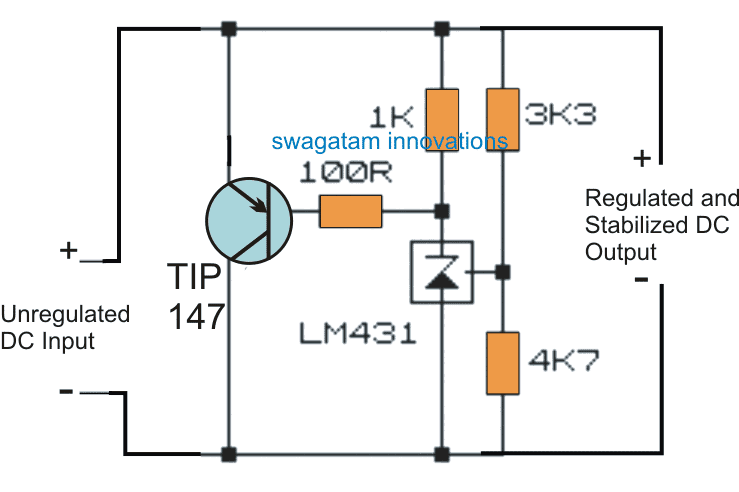jbatx
I make stuff with things
Issue: when one of my bms cuts charge due to high cell voltage, it causes a voltage spike on the dc battery side of things. I have measured this all the way up to 70v. When this happens, my inverter will fault and cut all power until I go out there and reset it.
System: I have three overkill 100a bms's on three 48v packs providing 21.1kwh via a sungold hybrid 6kw split phase inverter (same as lvx6048). Prior to that inverter I had a renogy scc and a dumb 5kw inverter. The issue occurred in both set ups
I know why the cut off is happening, I'm getting cell drift earlier during charging over the last few weeks.
I've lowered bulk voltage to 55.9 and float to 55.8. I'll be going lower since I it cut off yesterday. Previously, 56.8 was possible with drift only getting into the 50mv range. Now, at 55.9 I'm getting 160mv or greater. All packs have capacitive balancers with the overkill balancing switched off.
Question is, is there device I can place on rhe dc battery side which could absorb that spike when and if it happens?
System: I have three overkill 100a bms's on three 48v packs providing 21.1kwh via a sungold hybrid 6kw split phase inverter (same as lvx6048). Prior to that inverter I had a renogy scc and a dumb 5kw inverter. The issue occurred in both set ups
I know why the cut off is happening, I'm getting cell drift earlier during charging over the last few weeks.
I've lowered bulk voltage to 55.9 and float to 55.8. I'll be going lower since I it cut off yesterday. Previously, 56.8 was possible with drift only getting into the 50mv range. Now, at 55.9 I'm getting 160mv or greater. All packs have capacitive balancers with the overkill balancing switched off.
Question is, is there device I can place on rhe dc battery side which could absorb that spike when and if it happens?





